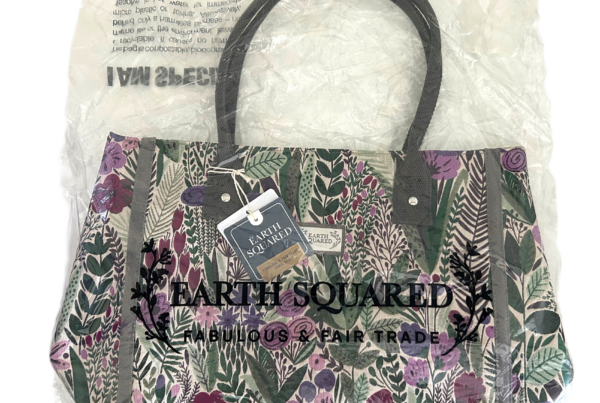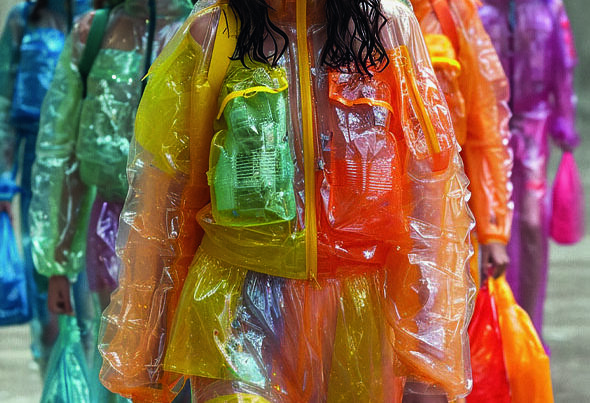By Dr John Williams, Technical and Business Development Director
In light of the fight against COVID-19, there have been lots of discussions regarding the way pathogens behave on microplastics.

A recent article in the Guardian** gave a concise summary, including the fact that “tiny plastic beads, or “nurdles”, found on beaches and in rivers and seas around the world, act as rafts for harmful bacteria, transporting them from sewage outfalls and agricultural runoff to bathing waters and shellfish beds” and that they can be “protected from the things that normally kill them”.
It’s been long-known that traditional plastics, such as polythene, are ‘hydrophobic’ (water-hating) attract toxins and pollutants, which is why pathogens and other ‘nasties’ are attracted to them and each other.
Hydropol™ however is made from PVOH so it is a hydrophilic (water-loving) polymer. This means there is no attraction to toxins and breaks down quickly and harmlessly in soil and sea. It also gives an effective barrier against bacteria, reducing the time any infection pathogens will dwell on the material and lowering the risk of transmission compared to hydrophobic polymers.
Hydropol is therefore ideal for single-use applications without negative environmental impact. During the current pandemic, replacing polyethylene bags with Hydropol infection control bags is also saving potentially contaminated polyethylene from landfill/incineration.
Notes:
** https://amp.theguardian.com/environment/2019/mar/11/pathogens-hitchhiking-on-plastics-could-carry-cholera-from-india-to-us
Image by Gerd Altmann from Pixabay



